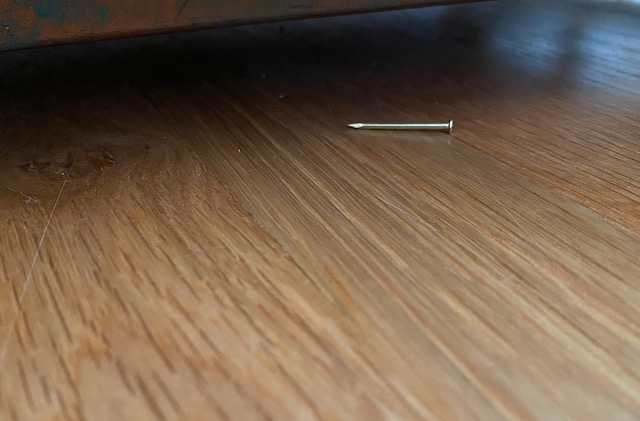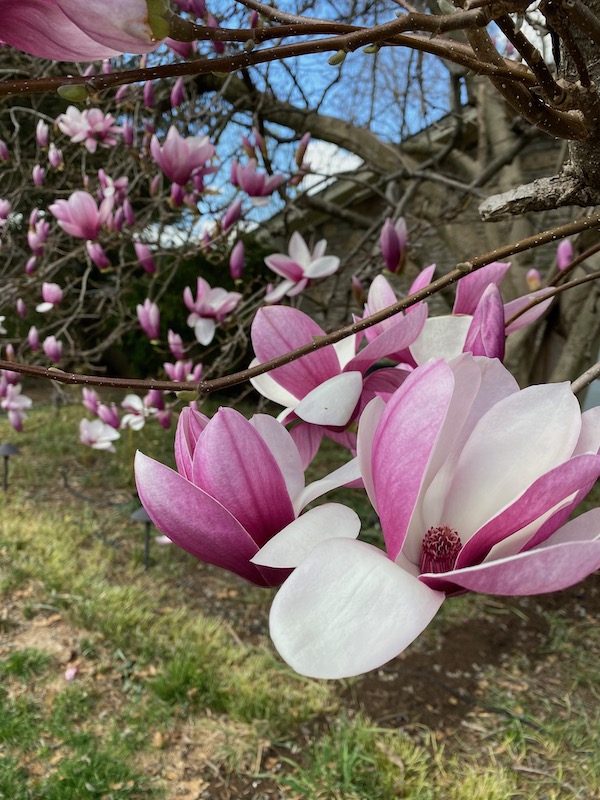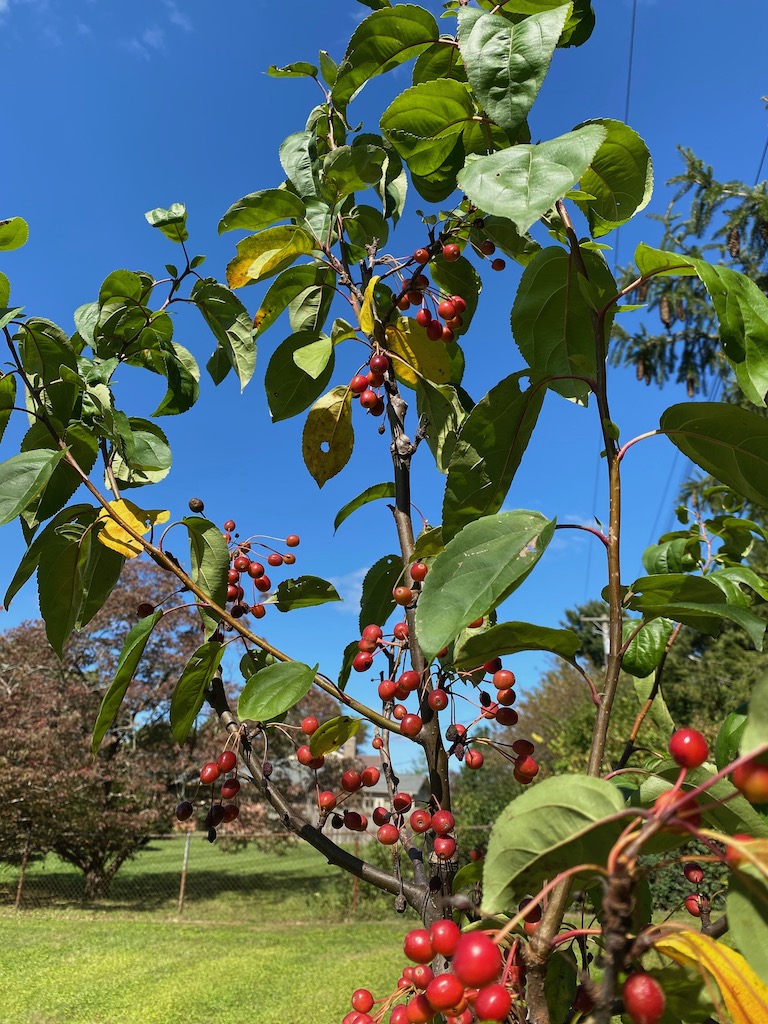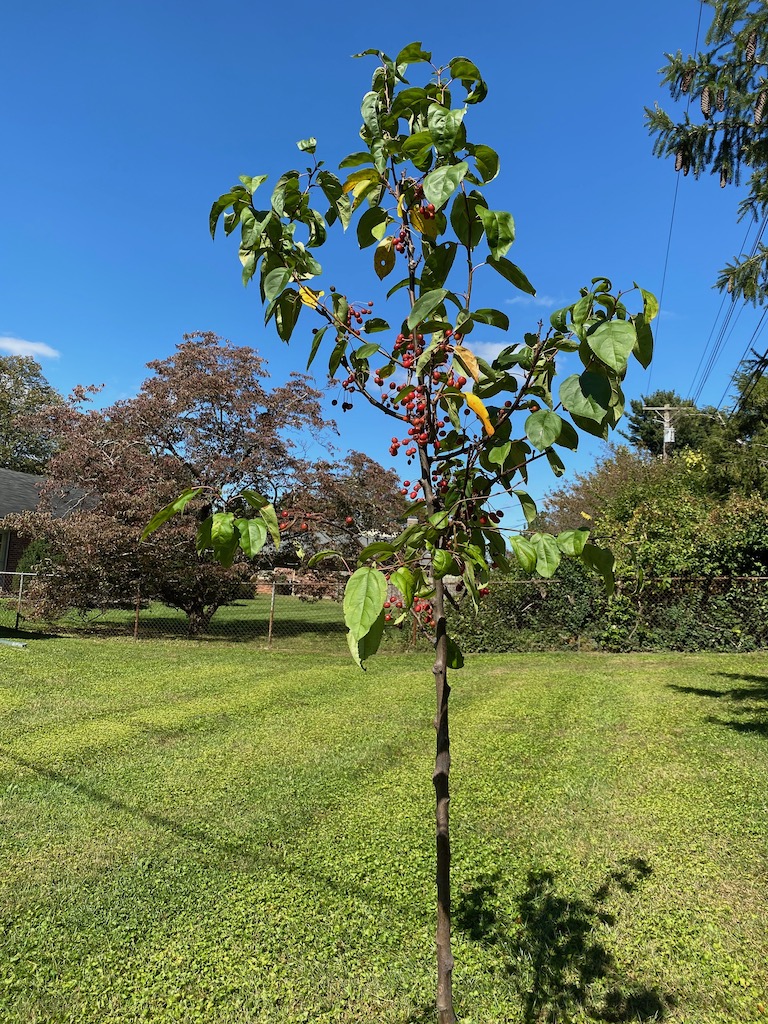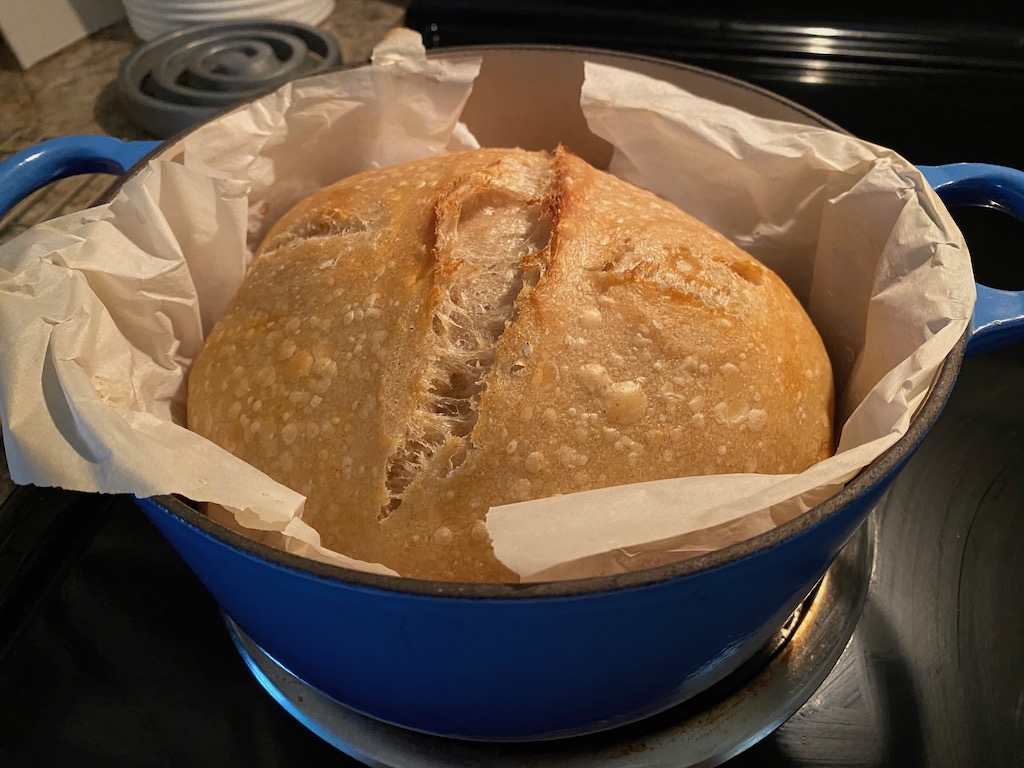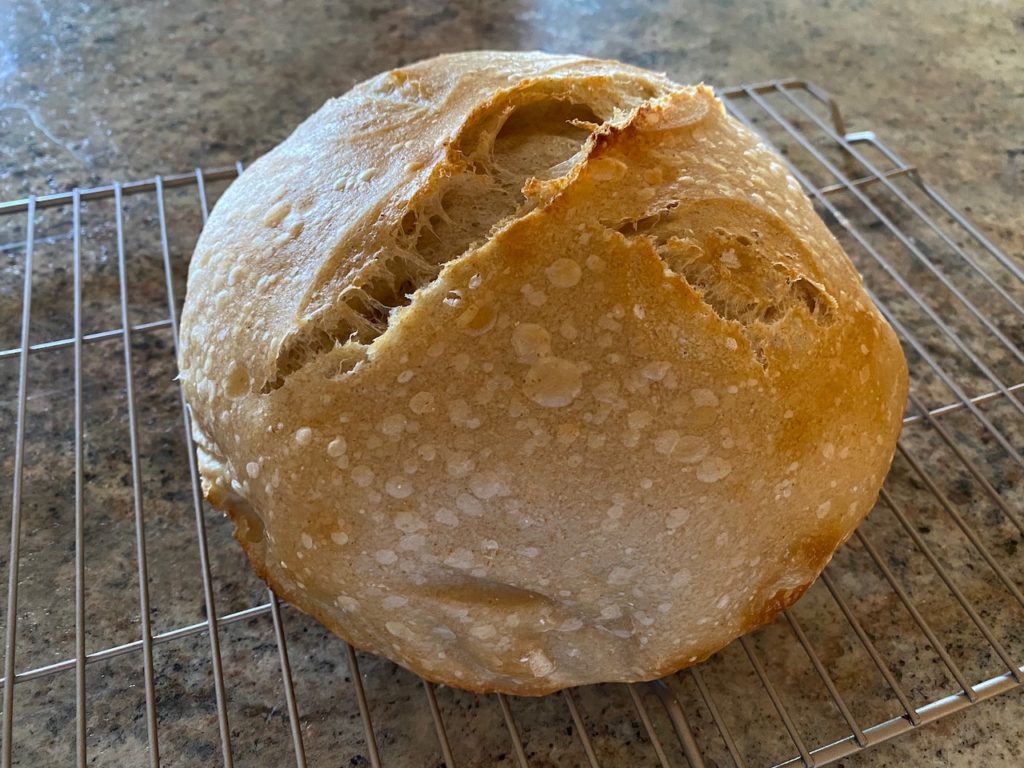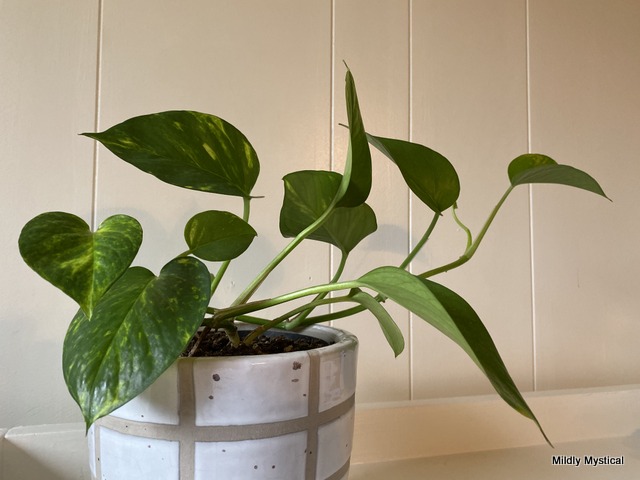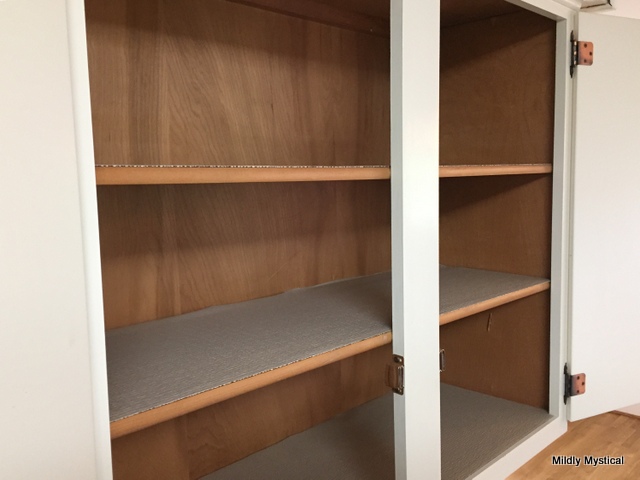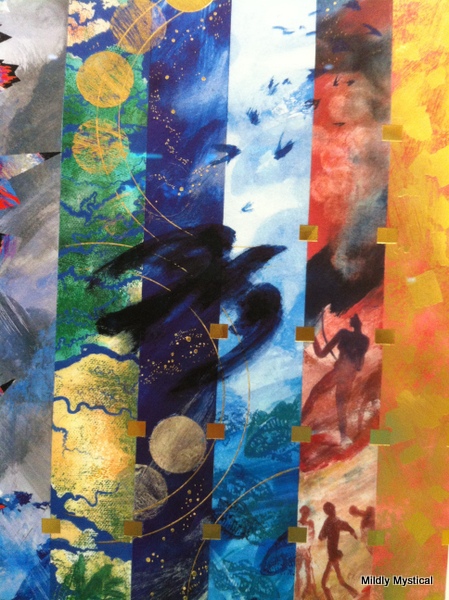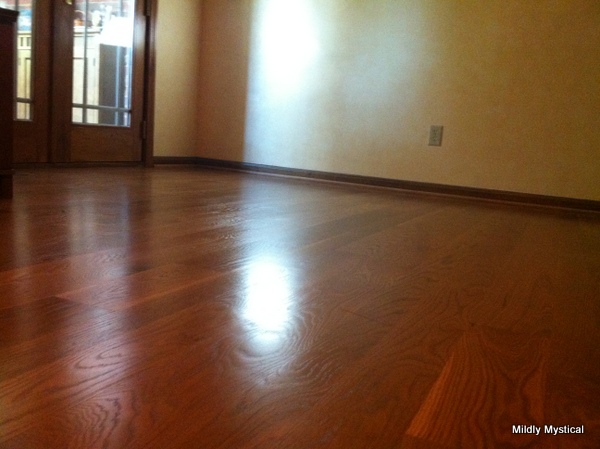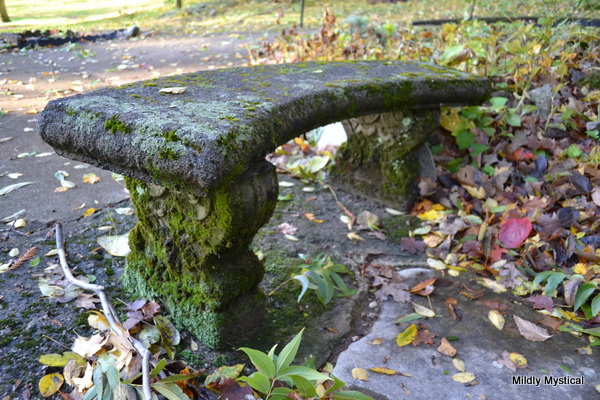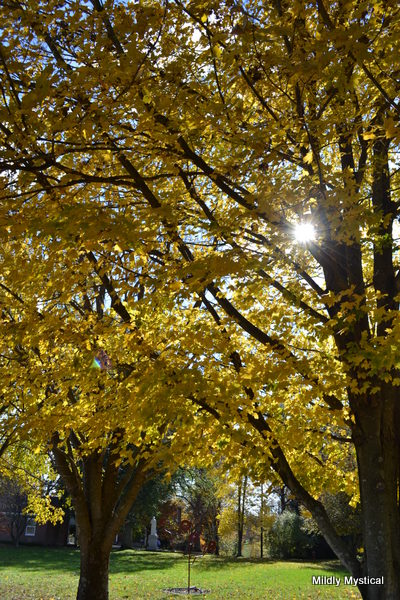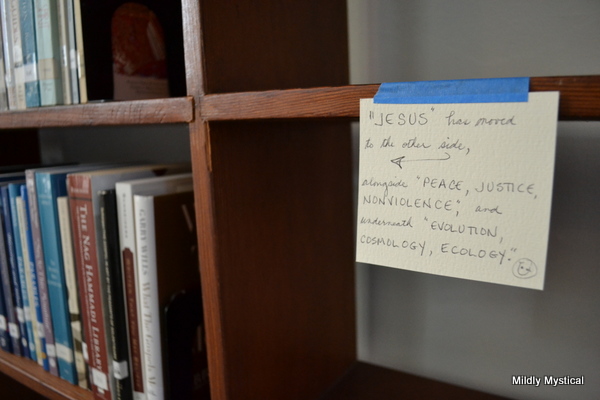After a recent morning walk, I lingered outdoors pruning the taxus bushes. The day was already hot, but I had some time and wasn’t ready to sit down at the computer. So I kept to the shade as the advancing edge of sunlight nudged me along the length of the shrubs. I had no idea what time the clock read, or how long I had been working, but the sun kept me moving and helped me work evenly along the shrubbery.
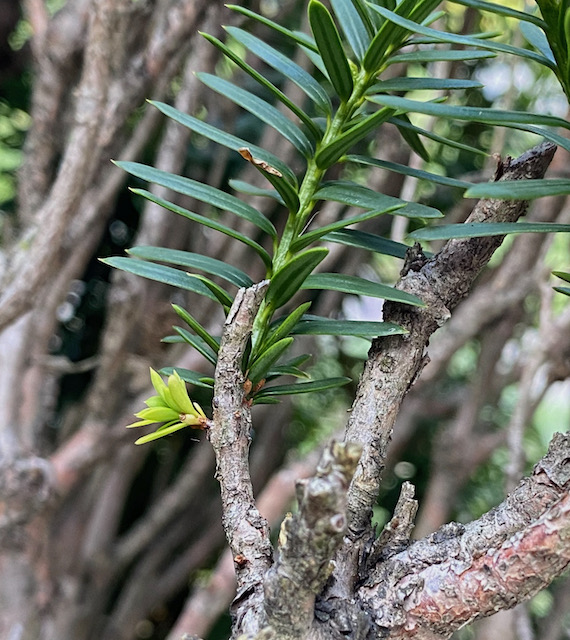
It’s a long, slow process, making these overgrown bushes into something that fits the space where they’re planted. By the time they came into my care they were crowding the sidewalk and blocking the window. But cutting them back wasn’t simple. They had long been trimmed just at the surface, sheared along the top and sides. Only the outside two inches were green, where the tips of the branches competed for sunlight. The massive interior was bare—a skeleton of a shrub wrapped in a green rug. But they were strong plants, with a will to live.
I’m learning how to work with their natural inclination to grow, and to proceed at their pace. Drastic measures are counter-productive; the places where I tried hacking the shrubs down to size resulted in many lifeless branches. But as long as I refrain from cutting off all the green tips at the surface, I can encourage new growth deep in the thicket of bare branches where light could not enter before. I have a general idea of the size and shape and fullness that I want to bring about, but I have to engage with how the plant wants to grow in order to get there. I pay attention to the places where it’s flourishing, and encourage those fecund branches to nourish the deeper growth that can develop.
This more careful tending teaches me about cultivating a full life. Watching for signs of new growth and then making the cuts that encourage it has become a contemplative practice. The life force in the plant shows what it wants to do. That’s what I watch for and work with. I hold in mind what’s possible as I engage with what’s in front of me.
This approach works for tending creative work as well. Revising a draft, for example, involves working with where the writing wants to go and cutting away what detracts. Doing creative work of any kind, including living a full and creative life, is all about noticing the tiny green hint of a bud beginning to form. It’s finding a way to give light and air to the new possibilities stirring, and pruning what would impede the life force from nurturing this new growth.
To do creative work we must arrange our lives to give light and air to our creative inklings. Letting in light might mean making space in our attention for a new idea, or seeking feedback from trusted others about our what we’re working on. Giving it air might mean allocating a regular time for creative work, making space in the day for tending what wants to grow.
The tender, green beginnings are where all new work comes from. Their growth depends on us giving them the care that only we can give them. Unless we make a way for them, they cannot come into the world.
What we tend matters. Fostering new growth renews the world and renews us. It’s part of being fully alive. Yet even though I know this, it’s something I have to remember, and re-remember, over and over again.
The beautiful song, “Now the Green Blade Riseth,” is one reminder that comes to mind. Steve Winwood’s version is lovely.
Susan C. Brown

